Toutes nos lignes téléphoniques...
sont actuellement en dérangement du fait de l'opérateur (SFR), qui nous dit mettre tout en œuvre pour rétablir la situation dans les plus brefs délais mais jusqu'ici n'a pas réussi à le faire.
Nous restons cependant à votre disposition par d'autres moyens pour vous informer.
Si vous souhaitez connaître les dates estimées d’expédition des titres que vous avez commandés, pensez à simplement consulter le détail de vos commandes sur side.fr.
Si vous avez besoin d’une autre information, vous pouvez, selon votre urgence, écrire à notre service clients à france@side.fr ou appeler directement votre représentant ou appeler le 06 34 54 96 63, le numéro d'urgence temporaire que nous avons mis en place en attendant de retrouver notre accueil téléphonique habituel.
